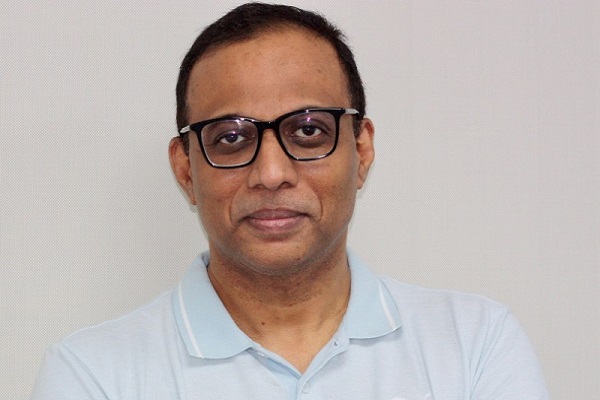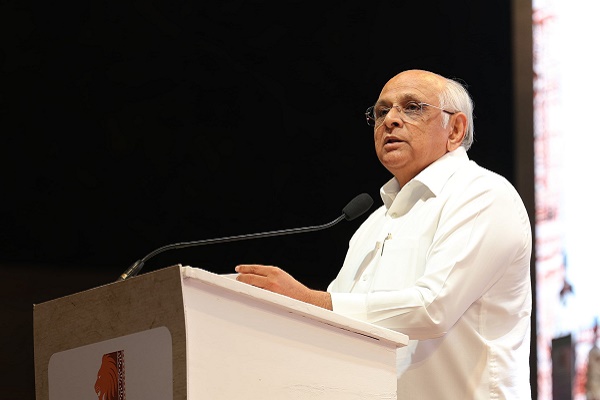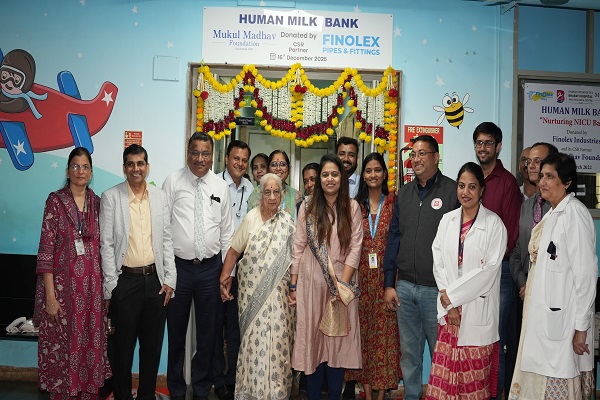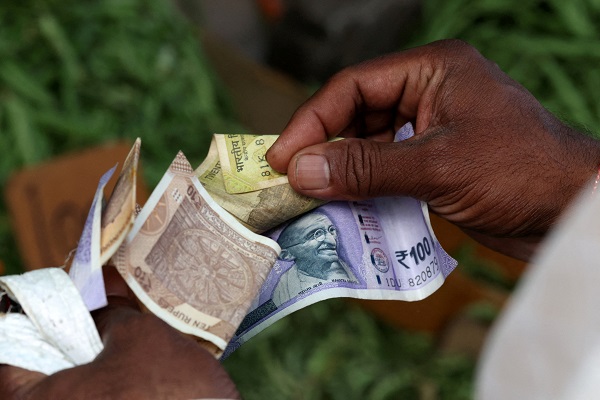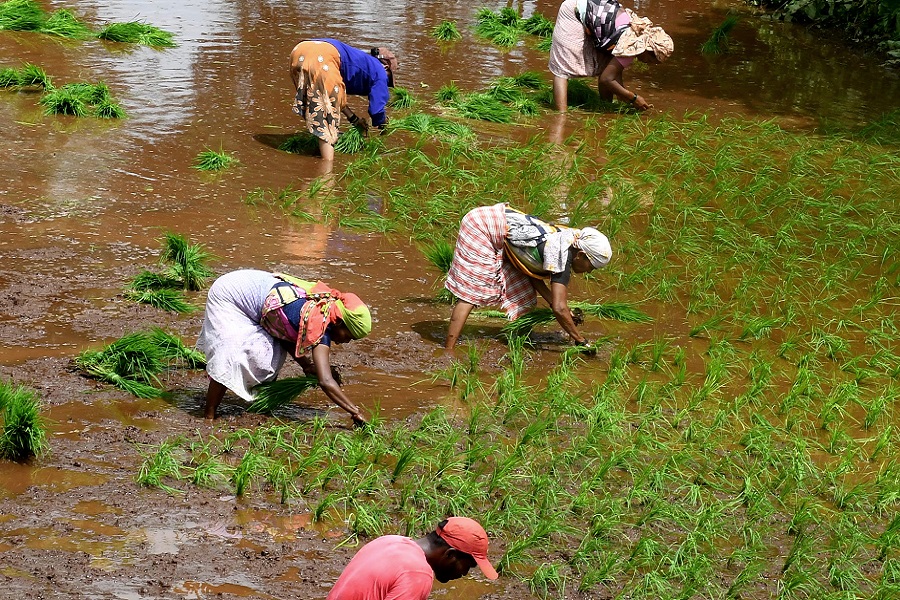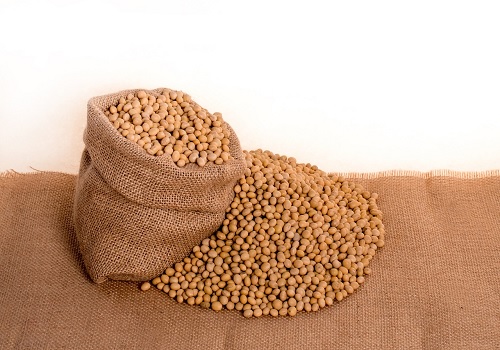Monsoon Deficit in August Drags Central India Rains by Amit Gupta, Kedia Advisory

India recorded 20% deficient rainfall between August 1–15, reducing seasonal surplus to normal levels. Central India suffered the sharpest shortfall with rains 59% below normal, affecting key crop-producing states. In contrast, East and Northeast India saw surplus rainfall for the first time this season, while the South Peninsula received 26% excess rains. Overall, the country has received 100% of long-period average (LPA) rainfall since June 1, though 185 districts remain deficient. Despite erratic regional distribution, Kharif sowing is 4% higher year-on-year, raising hopes of a bumper harvest, though floods in Uttar Pradesh and Uttarakhand have damaged crops locally.
Key Highlights:
* India saw 20% deficient rainfall in August 1–15.
* Central India rainfall plunged 59% below normal.
* East & Northeast regions recorded surplus rains this fortnight.
* Kharif sowing up 4% year-on-year despite uneven rains.
* Crop damages reported in UP and Uttarakhand floods.
India’s monsoon rains showed a sharp regional divergence in the first fortnight of August, dragging overall performance despite a healthy start to the season. Between August 1–15, the country received 107.2 mm rainfall, nearly 20% below the long period average (LPA) of 133.3 mm, reducing the cumulative surplus to a normal 100% of LPA.
The biggest shortfall was seen in Central India, where rainfall dipped 59% below normal at 66.6 mm. This region, comprising key crop-producing states like Madhya Pradesh, Chhattisgarh, Gujarat, Odisha, and Maharashtra, remains vulnerable to moisture stress. Meanwhile, the East and Northeast regions reported surplus rains for the first time this season, with 8% above normal at 176.8 mm. The South Peninsula also recorded a strong 26% surplus at 124.1 mm, while the Northwest received near-normal rains.
Despite erratic rainfall distribution, overall sowing activity has remained resilient. The Agriculture Ministry reported that Kharif sowing stood at 995.63 lakh hectares as of August 8, up 4% from last year. The government is targeting a record 168.88 million tonnes of foodgrain production during Kharif 2025, banking on improved acreage and timely rainfall in key belts.
However, localized extremes continue to hurt farming communities. Uttar Pradesh and Uttarakhand have reported crop damages from heavy rains and floods, with both states seeking Central assistance. At the district level, 185 out of 728 districts remain deficient, underscoring the uneven monsoon spread this year.
In conclusion, while India’s monsoon remains near-normal overall, sharp regional imbalances could weigh on crop output and farm incomes, highlighting the risks of uneven rainfall distribution for agriculture.
Above views are of the author and not of the website kindly read disclaimer
